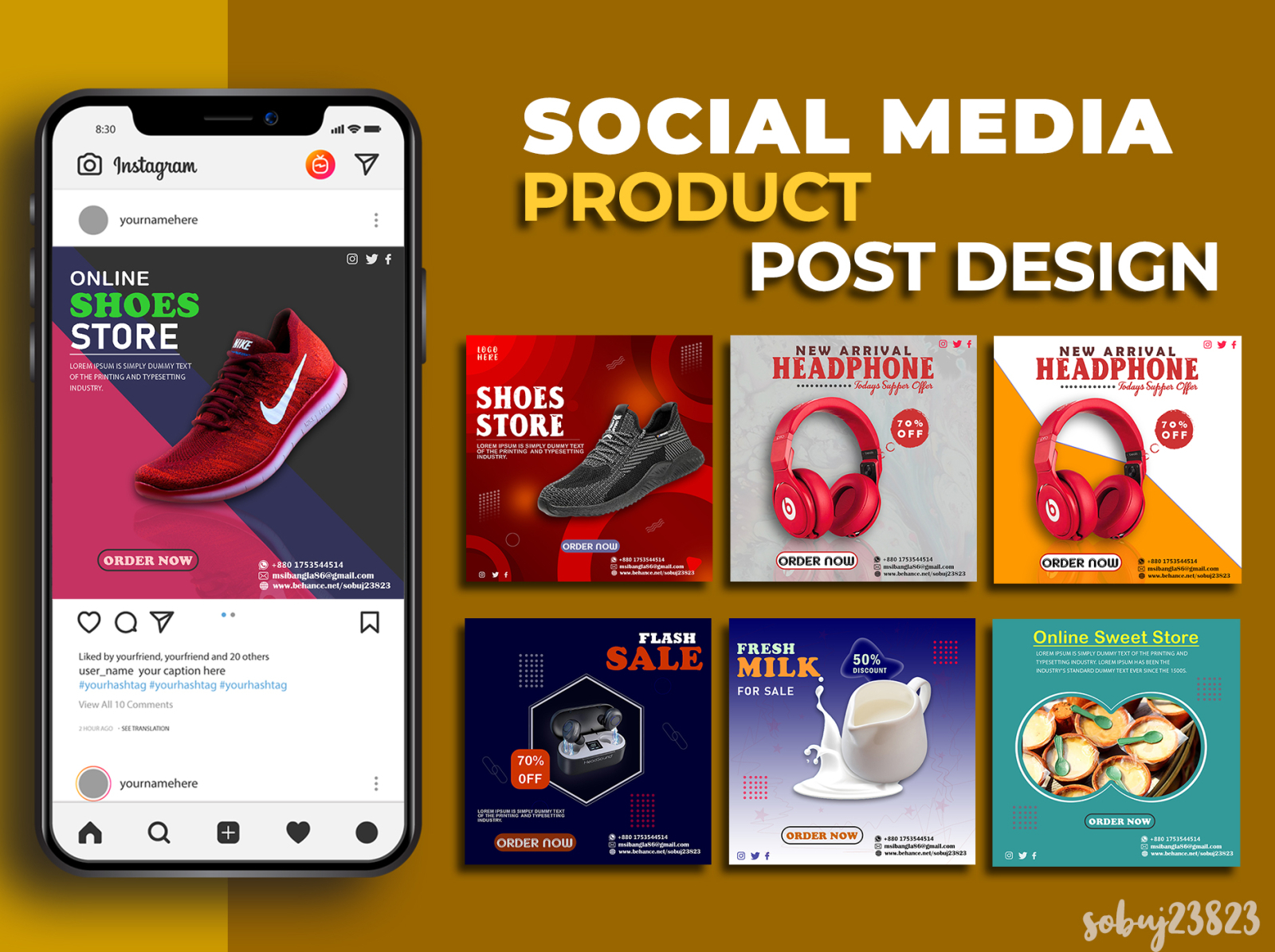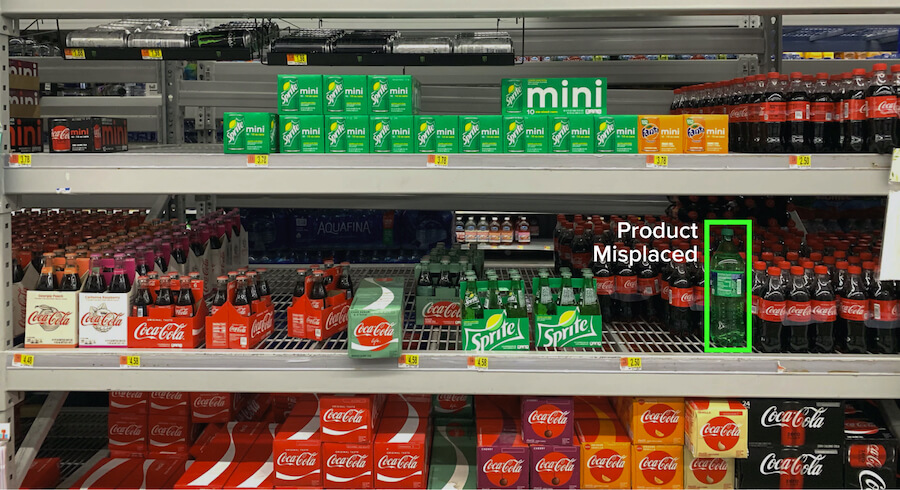Unlocking the Power of Visual Search
Visual search is revolutionizing the way we shop online. With the rise of e-commerce, consumers are increasingly turning to images to find products that match their needs. In fact, studies have shown that 62% of millennials prefer visual search over traditional text-based search. This shift in consumer behavior has led to the development of innovative technologies that enable users to search for products using images. One of the most effective ways to leverage visual search is to use pictures to find products. But how does it work, and what are the benefits of using visual search?
At its core, visual search uses artificial intelligence (AI) to analyze images and identify patterns, shapes, and objects. This technology allows users to upload an image or take a photo of a product, and then search for similar products online. The benefits of visual search are numerous. For one, it saves time and effort. Instead of typing out keywords or browsing through endless product listings, users can simply upload an image and find what they’re looking for. Visual search also provides more accurate results, as it’s less prone to errors and misinterpretations.
Moreover, visual search has the potential to transform the way we shop online. Imagine being able to find a product you saw in a store or on social media with just a few clicks. Visual search makes this possible. By using pictures to find products, users can discover new brands, products, and styles that they may not have found otherwise. This can lead to increased sales and revenue for businesses, as well as a more personalized shopping experience for consumers.
As the technology continues to evolve, we can expect to see even more innovative applications of visual search. For example, augmented reality (AR) and virtual reality (VR) are being used to create immersive shopping experiences that allow users to try out products virtually. This technology has the potential to revolutionize the way we shop online, making it more engaging, interactive, and fun.
In the next section, we’ll explore how to use Google Images to find products, including tips on how to use the “Search by image” feature and how to filter results by product type, brand, and price.
How to Use Google Images to Find Products
Google Images is one of the most powerful tools for finding products using images. With its vast database of images and advanced search algorithms, Google Images can help you find products quickly and easily. Here’s a step-by-step guide on how to use Google Images to find products:
Step 1: Go to Google Images and click on the camera icon in the search bar. This will open the “Search by image” feature.
Step 2: Upload an image or enter the URL of an image you want to search for. You can also drag and drop an image into the search bar.
Step 3: Google Images will analyze the image and provide a list of similar images and products. You can filter the results by product type, brand, and price using the filters on the left side of the page.
Step 4: Browse through the results and click on a product that interests you. You will be taken to a page with more information about the product, including its price, reviews, and where to buy it.
Tips for using Google Images to find products:
Use high-quality images: The better the quality of the image, the more accurate the search results will be.
Use specific keywords: If you know the brand or type of product you’re looking for, include it in your search query.
Use the “Related images” feature: This feature allows you to find similar images and products that are related to your search query.
By following these steps and tips, you can use Google Images to find products quickly and easily. Whether you’re looking for a specific product or just browsing for ideas, Google Images is a powerful tool that can help you find what you’re looking for.
In addition to Google Images, there are other tools and apps that can help you find products using images. In the next section, we’ll explore the concept of reverse image search and how it can be used to find products.
Reverse Image Search: A Powerful Tool for Product Discovery
Reverse image search is a powerful tool that allows users to search for products using images. This technology has been around for several years, but it has only recently gained popularity as a product discovery tool. With reverse image search, users can upload an image or enter the URL of an image to find similar products or images.
One of the most popular reverse image search tools is TinEye. TinEye is a search engine that uses image recognition technology to find similar images and products. Users can upload an image or enter the URL of an image to find similar products, including clothing, accessories, and home goods.
Another popular reverse image search tool is CamFind. CamFind is a mobile app that allows users to take a photo of a product or upload an image to find similar products. The app uses image recognition technology to identify the product and provide a list of similar products, including prices and reviews.
Reverse image search can be a powerful tool for product discovery, especially for users who are looking for specific products or brands. By using images to search for products, users can find what they’re looking for quickly and easily, without having to type out keywords or browse through endless product listings.
Benefits of reverse image search:
Fast and easy product discovery: Reverse image search allows users to find products quickly and easily, without having to type out keywords or browse through endless product listings.
Accurate results: Reverse image search provides accurate results, as it uses image recognition technology to identify the product and provide a list of similar products.
Convenient: Reverse image search is convenient, as users can upload an image or enter the URL of an image to find similar products.
In the next section, we’ll explore how social media platforms like Instagram and Pinterest can be used to find products using images.
Using Social Media to Find Products with Images
Social media platforms like Instagram and Pinterest have become increasingly popular for product discovery. With the rise of visual search, these platforms have introduced features that allow users to find products using images. In this section, we’ll explore how to use social media to find products with images.
Instagram:
Instagram has introduced a feature called “Shopping” that allows users to find products using images. When you see a product you like in an Instagram post, you can tap on the image to see more information about the product, including its price and where to buy it.
Pinterest:
Pinterest has also introduced a feature called “Lens” that allows users to find products using images. With Lens, you can take a photo of a product or upload an image to find similar products on Pinterest.
Using hashtags:
Hashtags are a great way to find products on social media. When you search for a hashtag related to a product, you’ll see a feed of images and posts related to that product. You can also use hashtags to find products from specific brands or categories.
Image recognition features:
Some social media platforms have introduced image recognition features that allow users to find products using images. For example, Pinterest’s Lens feature uses image recognition technology to identify products in images and provide a list of similar products.
Tips for using social media to find products with images:
Use relevant hashtags: Use hashtags related to the product you’re looking for to find relevant images and posts.
Use image recognition features: Use image recognition features like Pinterest’s Lens to find products using images.
Follow brands: Follow brands on social media to see their latest products and promotions.
In the next section, we’ll explore product recognition apps like Amazon Flow and Google Lens that allow users to find products using images.
Product Recognition Apps: A Convenient Way to Find Products
Product recognition apps are a convenient way to find products using images. These apps use artificial intelligence (AI) and machine learning (ML) algorithms to recognize products in images and provide information about them. In this section, we’ll explore two popular product recognition apps: Amazon Flow and Google Lens.
Amazon Flow:
Amazon Flow is a product recognition app that allows users to find products on Amazon using images. The app uses AI and ML algorithms to recognize products in images and provide information about them, including prices, reviews, and availability.
Google Lens:
Google Lens is a product recognition app that allows users to find products using images. The app uses AI and ML algorithms to recognize products in images and provide information about them, including prices, reviews, and availability.
How product recognition apps work:
Product recognition apps use AI and ML algorithms to recognize products in images. These algorithms are trained on large datasets of images and can recognize products with high accuracy.
Benefits of product recognition apps:
Convenient: Product recognition apps are convenient to use and can save time and effort when searching for products.
Accurate: Product recognition apps can recognize products with high accuracy, reducing the risk of incorrect product matches.
Easy to use: Product recognition apps are easy to use and require minimal input from the user.
In the next section, we’ll explore how to optimize images for visual search, including using high-quality images, adding alt tags, and using descriptive file names.
Optimizing Images for Visual Search
Optimizing images for visual search is crucial to ensure that your products are easily discoverable by users. In this section, we’ll provide tips on how to optimize images for visual search, including using high-quality images, adding alt tags, and using descriptive file names.
Use high-quality images:
High-quality images are essential for visual search. Use images that are clear, well-lit, and in focus. Avoid using low-quality images that may not be recognized by visual search algorithms.
Add alt tags:
Alt tags are text descriptions of images that are used by visual search algorithms to understand the content of the image. Add alt tags to your images to provide context and help visual search algorithms recognize the image.
Use descriptive file names:
Use descriptive file names that include relevant keywords to help visual search algorithms recognize the image. For example, if you’re selling a product called “Red Nike Shoes”, use a file name like “red-nike-shoes.jpg” to help visual search algorithms recognize the image.
Other optimization techniques:
Use image compression to reduce the file size of your images and improve page load times.
Use image sitemaps to help visual search algorithms discover your images.
Use schema markup to provide additional context about your images and help visual search algorithms understand the content of the image.
By optimizing your images for visual search, you can improve the visibility of your products and increase the chances of users finding them through visual search. In the next section, we’ll discuss common challenges and limitations of visual search, including image quality issues, incorrect product matches, and limited product databases.
Common Challenges and Limitations of Visual Search
While visual search has the potential to revolutionize the way we shop online, there are several challenges and limitations that need to be addressed. In this section, we’ll discuss some of the common challenges and limitations of visual search, including image quality issues, incorrect product matches, and limited product databases.
Image quality issues:
One of the biggest challenges of visual search is image quality. Low-quality images can make it difficult for visual search algorithms to recognize products, leading to incorrect matches or no matches at all. To overcome this challenge, it’s essential to use high-quality images that are clear, well-lit, and in focus.
Incorrect product matches:
Another challenge of visual search is incorrect product matches. This can happen when visual search algorithms misinterpret the image or fail to recognize the product. To overcome this challenge, it’s essential to use accurate and descriptive alt tags and file names, and to ensure that the product database is comprehensive and up-to-date.
Limited product databases:
Visual search relies on comprehensive product databases to recognize and match products. However, many product databases are limited in scope, which can make it difficult for visual search algorithms to recognize products. To overcome this challenge, it’s essential to use product databases that are comprehensive and up-to-date, and to ensure that the database is regularly updated with new products and images.
Other challenges and limitations:
Other challenges and limitations of visual search include:
Scalability: Visual search algorithms can be computationally intensive, which can make it difficult to scale the technology to handle large volumes of images and searches.
Security: Visual search raises security concerns, particularly around image recognition and data protection.
Standardization: There is currently a lack of standardization around visual search, which can make it difficult for different platforms and technologies to work together seamlessly.
In the next section, we’ll explore the future of visual search, including emerging trends and innovations like augmented reality and artificial intelligence-powered image recognition.
Future of Visual Search: Trends and Innovations
The future of visual search is exciting and rapidly evolving. Emerging trends and innovations like augmented reality (AR) and artificial intelligence (AI)-powered image recognition are transforming the way we search for products online. In this section, we’ll explore some of the most promising trends and innovations in visual search.
Augmented Reality (AR):
AR is a technology that overlays digital information onto the real world. In the context of visual search, AR can be used to provide users with more information about products they’re interested in. For example, a user could point their smartphone camera at a product and see additional information about it, such as reviews, prices, and availability.
Artificial Intelligence (AI)-powered Image Recognition:
AI-powered image recognition is a technology that enables computers to recognize and understand images. In the context of visual search, AI-powered image recognition can be used to improve the accuracy of search results and provide users with more relevant results.
Other Emerging Trends and Innovations:
Other emerging trends and innovations in visual search include:
Virtual Try-On:
Virtual try-on is a technology that allows users to try on products virtually. This can be particularly useful for products like clothing and accessories, where fit and style are important considerations.
Visual Search for Video:
Visual search for video is a technology that enables users to search for products within videos. This can be particularly useful for products like electronics and home appliances, where video demonstrations can be helpful in understanding the product’s features and benefits.
In conclusion, the future of visual search is exciting and rapidly evolving. Emerging trends and innovations like AR, AI-powered image recognition, virtual try-on, and visual search for video are transforming the way we search for products online. As these technologies continue to evolve, we can expect to see even more innovative and effective ways to use visual search to find products.








